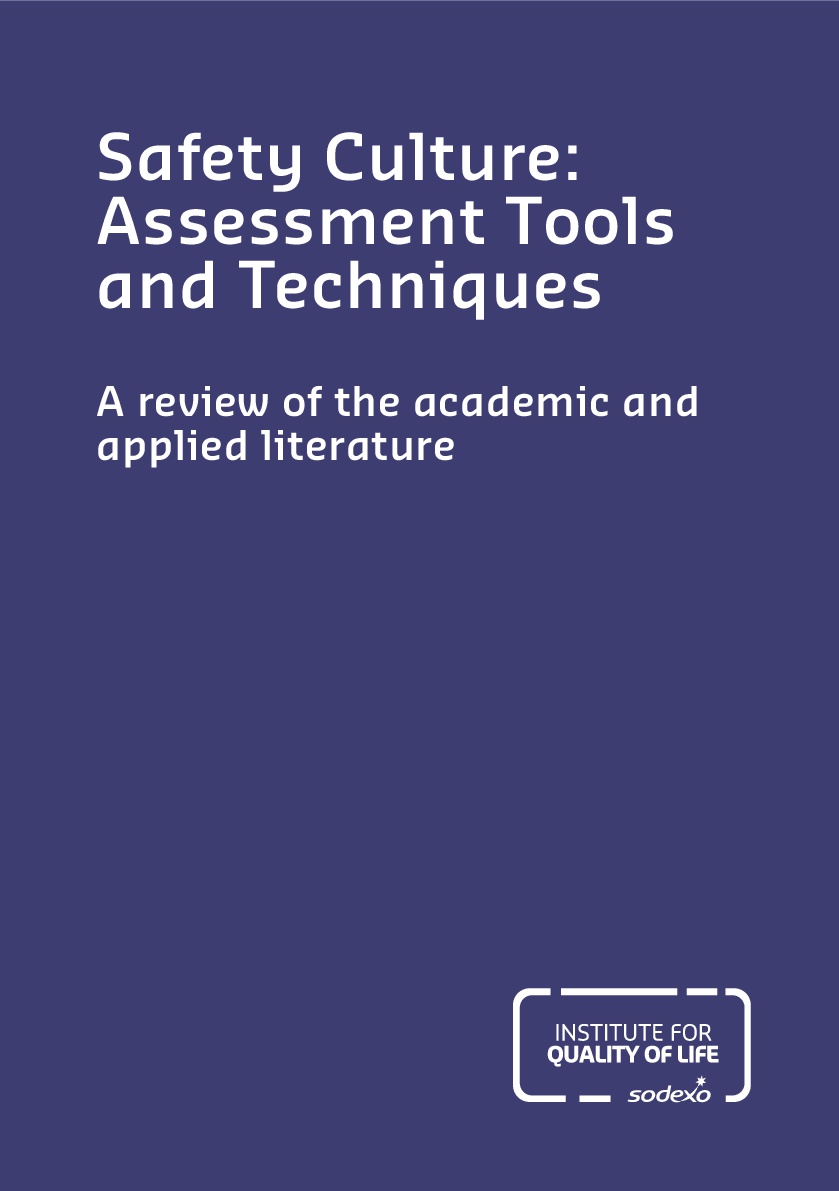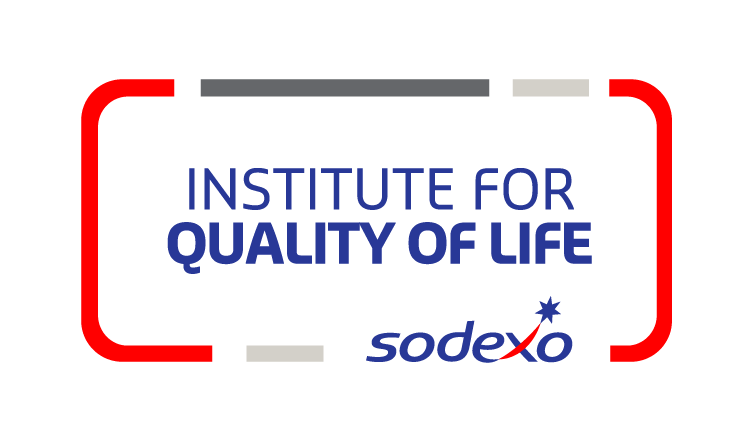Safety culture: assessment tools and techniques
Safety is a critical concern for any organisation; this is especially true for Sodexo as an employer of more than 425,000 people working in a wide variety of different environments which present their own risks and hazards. There is no one-size-fits-all solution when it comes to assessing safety across an organisation. With this in mind, the Sodexo Institute for Quality of Life conducted a review of the academic and applied literature to determine the state of the art in relation to how safety culture is assessed across organisations.
The findings are set out in the report ‘Safety culture: assessment tools and techniques’. It highlights the existing confusion in the literature over the use of the terms ‘safety climate’ and ‘safety culture’. Safety climate refers to the sum of employees’ shared perceptions of policies, procedures and practices relating to safety. On the other hand, ‘safety culture’ refers to the attitudes, beliefs and perceptions shared by natural groups as defining norms and values, which determine how they react in relation to risks and control systems. Furthermore, it provides a detailed explanation with illustrations of the three different angles for approaching safety culture: the academic (anthropological); analytical (psychological) and the pragmatic (experience-based). It is important to note that many researchers emphasise the fact that no one single approach or technique is suitable for understanding and exploring safety culture. Rather, a multi-method and holistic approach should be taken to take into account the specificities of each environment.



